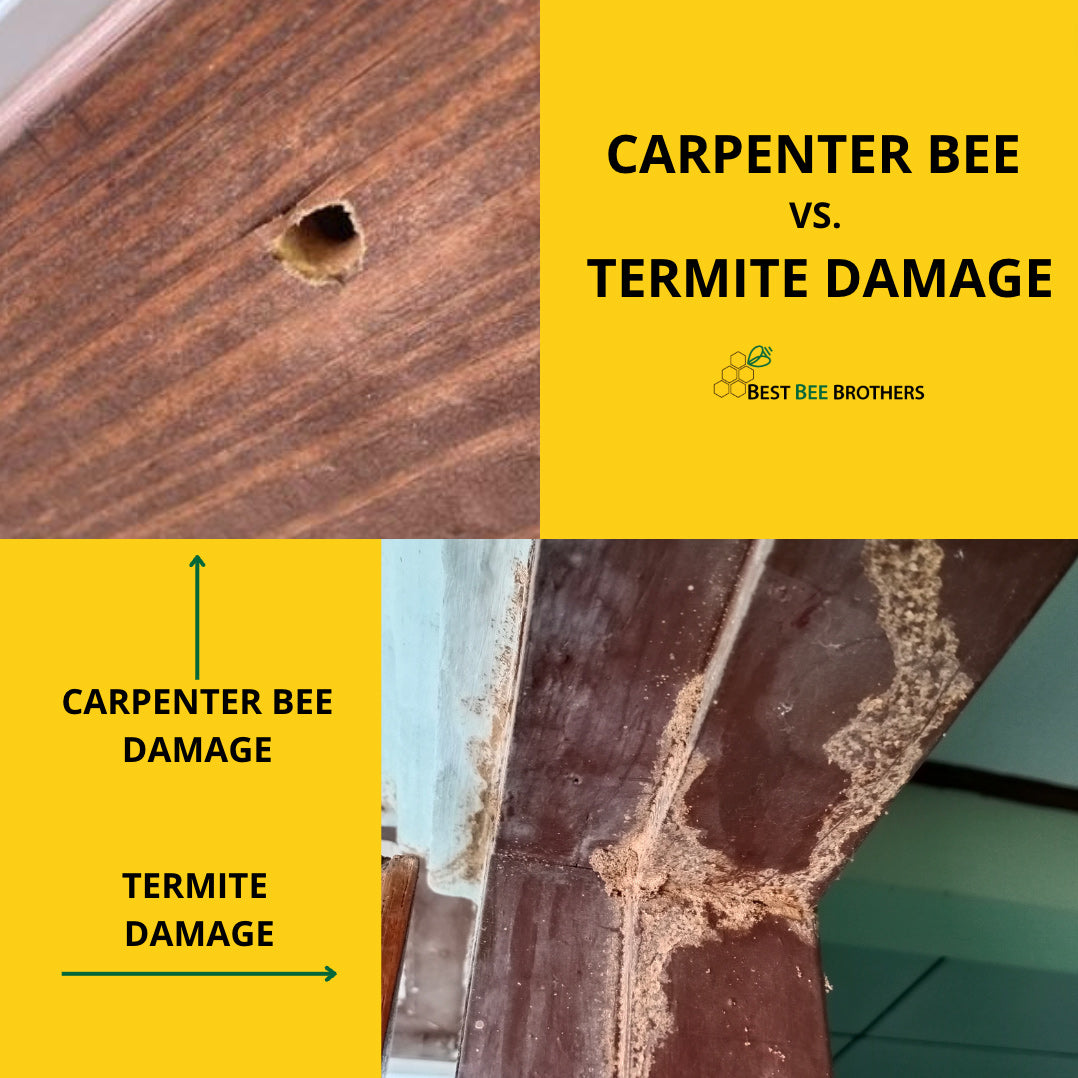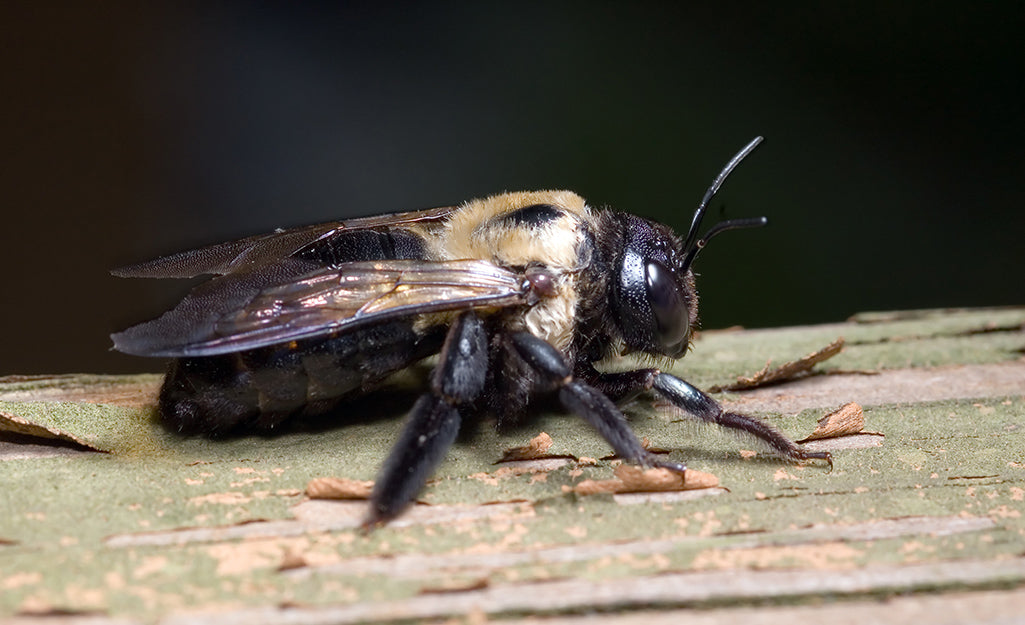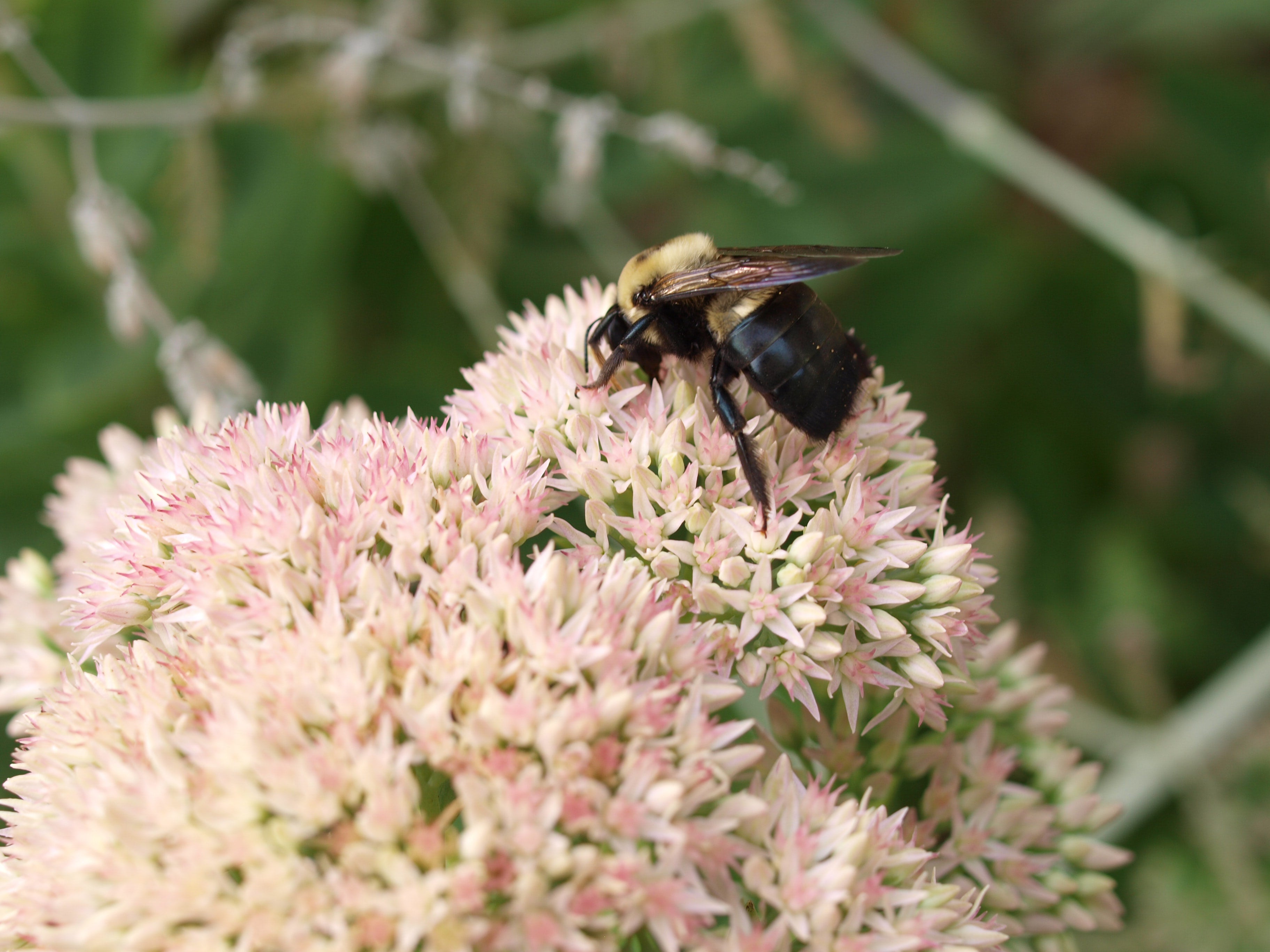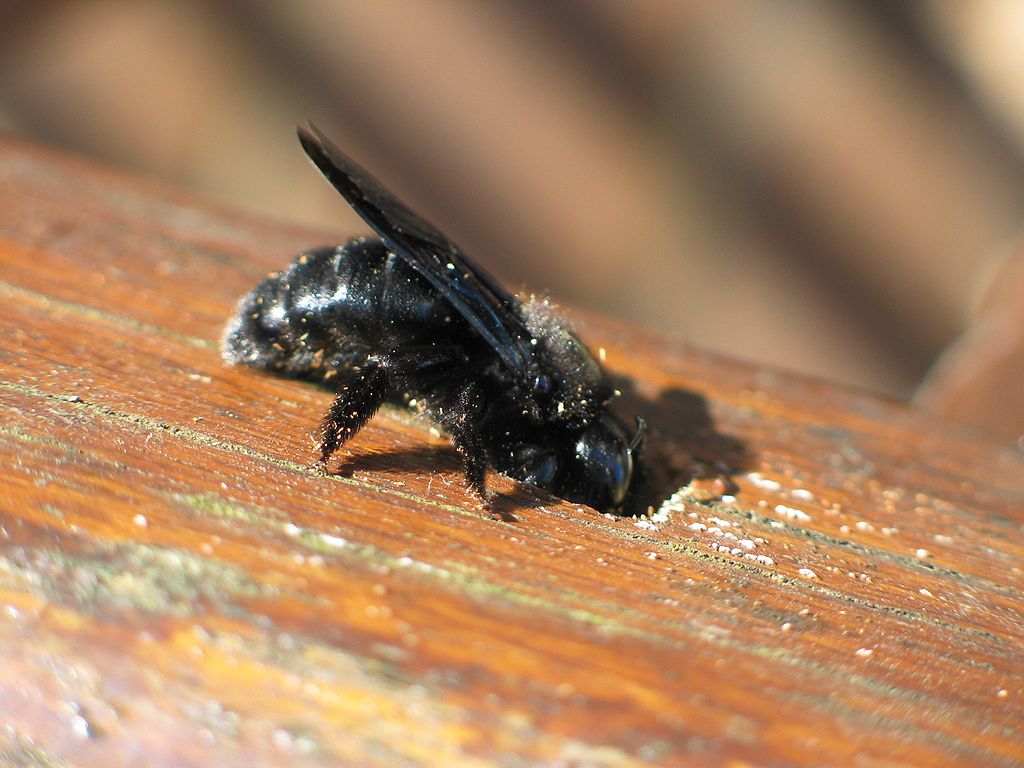
Carpenter Bee Damage Vs. Termite Damage
Termites and carpenter bees are two types of wood damaging insects that are notorious for their destructiveness. In nature, they’re harmless parts of the life cycle of a forest, munching on or burr...

How to Repair Carpenter Bee Damage
Filling Carpenter Bee Holes While we recommend filling carpenter bee holes anytime the weather is warm, the two most important times of the year are spring and fall. In spring, young carpenter bee...

Why Are Bees Drilling Holes in My Wood Siding?
Carpenter bees use their powerful mandibles to drill holes into the wood in circular motions. Over time, this results in a network of internal tunnels and chambers. But their reason for doing so ma...

Fall is the Time to Fill Carpenter Bee Holes
If you were plagued by carpenter bees during the spring and summer, fall is the perfect time to fill their holes for a carpenter bee free spring. Carpenter Bee Holes. During the fall and winter ...

Carpenter Bee Infestation: Droppings, Sawdust & Stains
Have you ever wondered about the brownish stains near carpenter bees’ nests? This unsightly stain is carpenter bee poop. Unfortunately, this unsightly stain is from carpenter bee droppings – to ...